Table of Contents
What Is Pepper Paprika?
Pepper paprika, also known as sweet paprika, is a vibrant red spice made from dried and ground peppers. It is one of the most popular spices in many cuisines around the world, especially in Hungarian, Spanish, and Mediterranean cooking. Unlike chili powder or cayenne pepper, which are often spicy, pepper paprika has a mild, sweet flavor with a slight smokiness, making it versatile for both savory and sweet dishes.
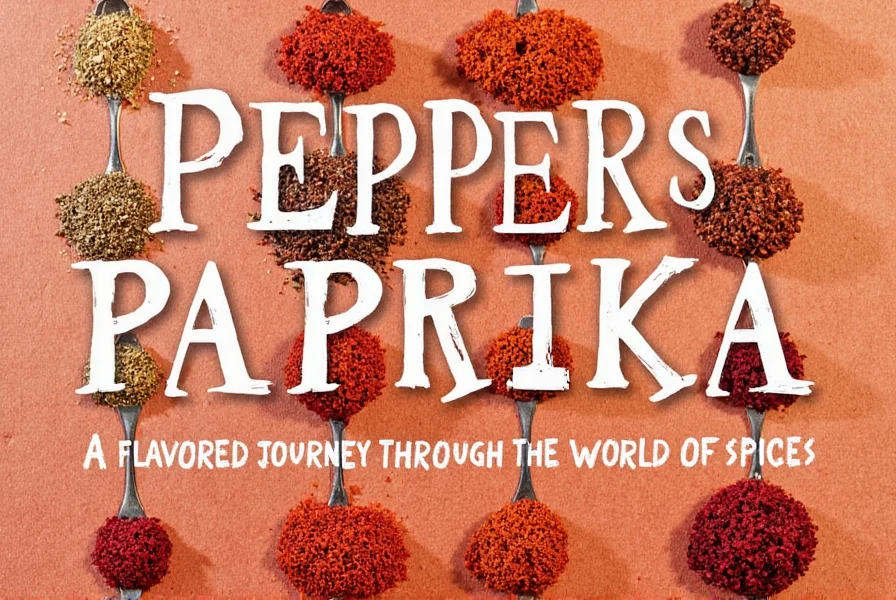
Pepper paprika is not just a seasoning—it's an essential ingredient that can transform a simple dish into something extraordinary. Its rich color adds visual appeal, while its unique flavor profile enhances the depth of any recipe. Whether you're a seasoned chef or a home cook looking to elevate your meals, understanding pepper paprika is key to unlocking new culinary possibilities.
Types of Pepper Paprika
There are several varieties of pepper paprika, each with its own distinct characteristics. Here are some of the most common types:
- Sweet Paprika: The most widely used type, it has a mild, slightly sweet flavor and is ideal for seasoning meats, soups, and stews.
- Smoked Paprika: Made by smoking the peppers before grinding them, this variety has a deep, smoky flavor that works well in barbecue sauces, rubs, and grilled dishes.
- Bitter Paprika: Slightly more intense than sweet paprika, it adds a complex, earthy flavor to traditional recipes like goulash and chorizo.
- Hot Paprika: This version includes a bit of heat and is perfect for those who want a little kick without the intensity of other chili-based spices.
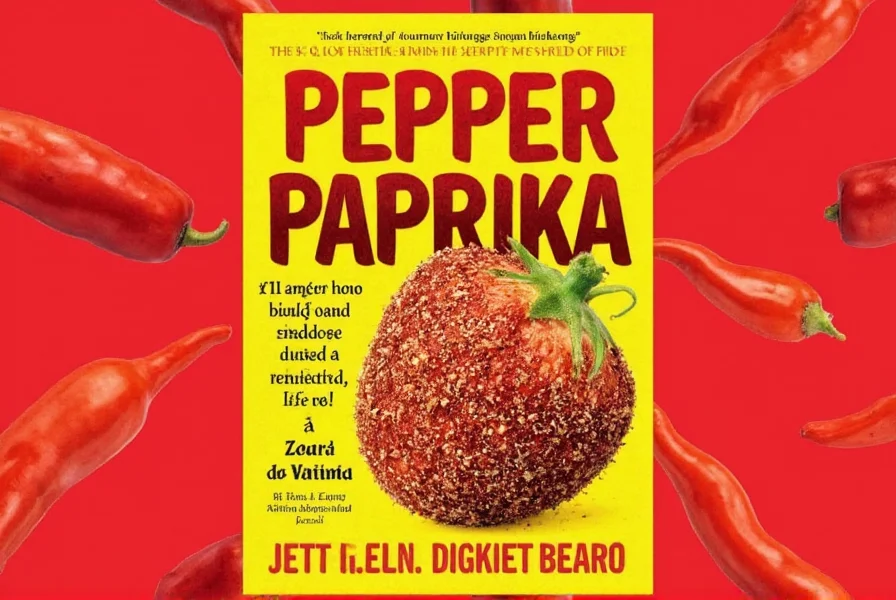
Choosing the right type of pepper paprika depends on the dish you're preparing and the flavor profile you're aiming for. Experimenting with different varieties can lead to exciting discoveries in your kitchen.
How to Use Pepper Paprika
Pepper paprika is incredibly easy to use and can be incorporated into a wide range of dishes. Here are some practical tips for using it effectively:
- Seasoning Meats: Sprinkle pepper paprika over chicken, beef, or pork before grilling or roasting for a rich, smoky flavor.
- Enhancing Soups and Stews: Add a teaspoon of pepper paprika to tomato-based soups or slow-cooked stews to deepen their flavor.
- Stir-Fries and Sauces: Mix pepper paprika into stir-fry sauces or marinades for a subtle, sweet undertone.
- Seasoning Vegetables: Toss roasted vegetables with a dash of pepper paprika for extra depth and color.
- Homemade Seasonings: Combine pepper paprika with garlic powder, onion powder, and a pinch of salt to make your own spice blend.
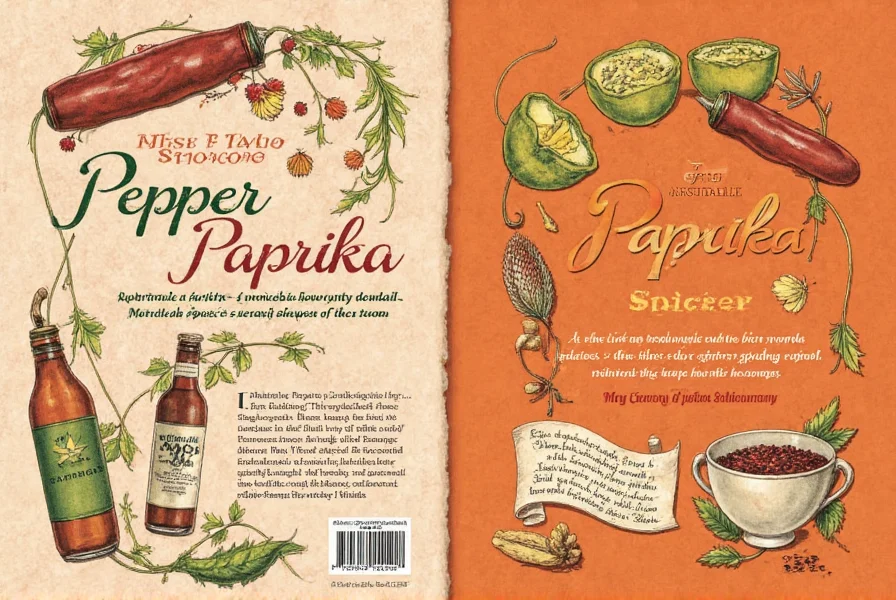
One of the great things about pepper paprika is its versatility. You don't need a lot of it to make a big impact, so start small and adjust to taste. Remember, the flavor develops as it cooks, so adding it early in the cooking process can yield the best results.
Cooking with Pepper Paprika
Pepper paprika is a staple in many classic dishes, and learning how to use it in cooking can open up a whole new world of flavors. Here are a few favorite recipes that showcase the magic of pepper paprika:
- Hungarian Goulash: This hearty stew is a perfect example of how pepper paprika adds depth and warmth to a dish. The sweet paprika complements the richness of the meat and vegetables.
- Spanish Patatas Bravas: A popular tapas dish, patatas bravas uses smoked paprika to create a smoky, flavorful sauce that pairs perfectly with crispy potatoes.
- Mediterranean Chicken Skewers: Marinate chicken in a mixture of pepper paprika, olive oil, garlic, and lemon juice for a deliciously aromatic grilled dish.
- Deviled Eggs: A twist on a classic appetizer, deviled eggs can be elevated with a sprinkle of pepper paprika for a pop of color and flavor.
- Spiced Chocolate Desserts: Believe it or not, pepper paprika can add a surprising layer of complexity to desserts like chocolate cake or brownies.
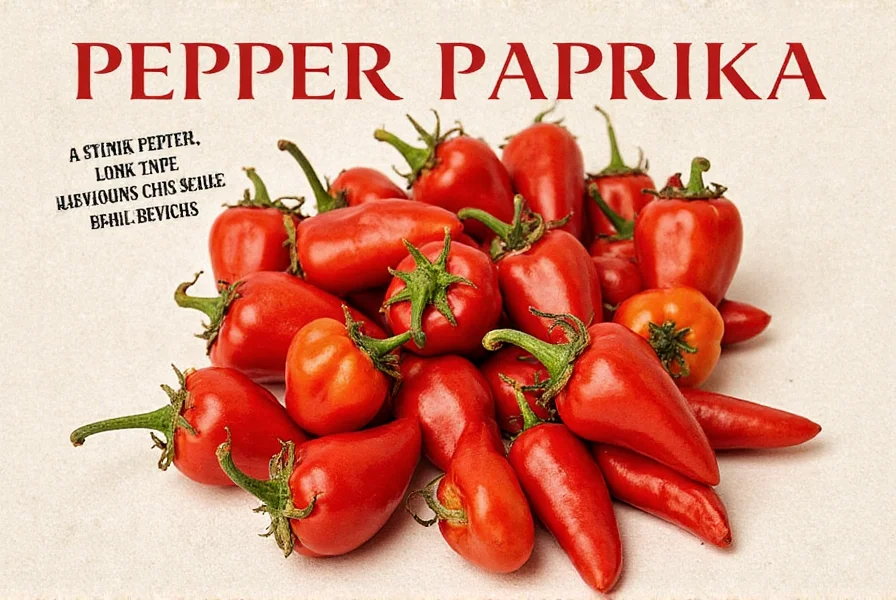
These recipes demonstrate how pepper paprika can be used in both traditional and modern cuisine. Don’t be afraid to experiment—sometimes the best discoveries come from trying something new.
Buying Guide for Pepper Paprika
| Feature | Importance | Notes |
|---|---|---|
| Origin | High | Look for paprika from Spain, Hungary, or Mexico for the best quality and flavor. |
| Color | Medium | The deeper the red, the better. Avoid paprika that looks dull or faded. |
| Smell | High | It should have a rich, aromatic scent. If it smells stale or musty, it may be old. |
| Texture | Medium | It should be fine and powdery, not clumpy or gritty. |
| Packaging | Medium | Choose airtight containers or vacuum-sealed packages to preserve freshness. |
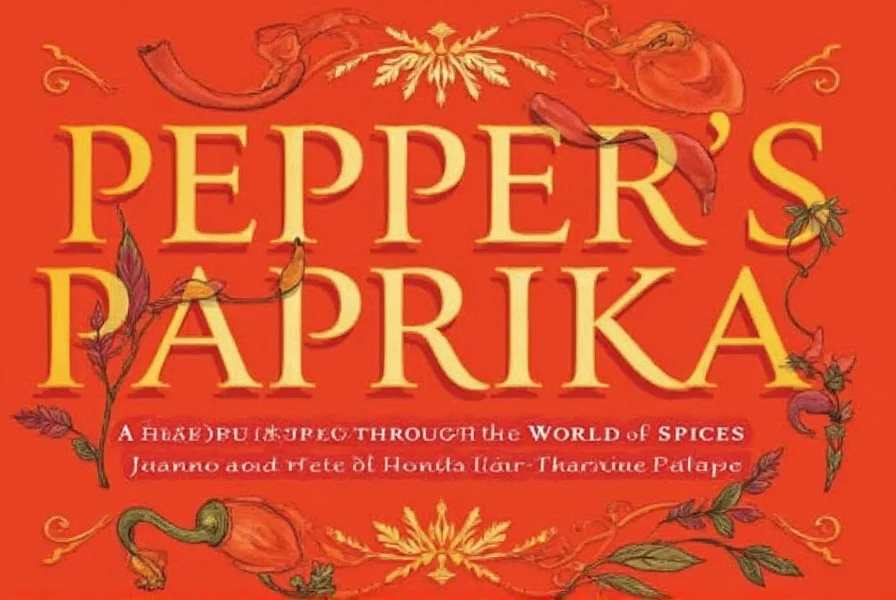
When purchasing pepper paprika, look for reputable brands that specialize in high-quality spices. Some top choices include:
- La Vaca de Oro (Spain): Known for its rich, smoky flavor, this brand is a favorite among chefs.
- Patel’s Spice (India): Offers a wide range of paprika varieties, including sweet, smoked, and hot.
- Duarte & Sons (USA): A trusted name in American kitchens, their paprika is perfect for everyday cooking.
Pepper paprika is ideal for a variety of occasions—from casual family dinners to elegant dinner parties. It’s also a great addition to gift baskets, especially for food lovers who enjoy experimenting with spices.
In summary, pepper paprika is a must-have in every spice rack. Its versatility, flavor, and visual appeal make it a valuable ingredient in both traditional and contemporary cooking.
Frequently Asked Questions
What's the difference between paprika and chili powder?
Paprika is made solely from ground sweet peppers and has a mild, sweet flavor, while chili powder typically contains a blend of chili peppers plus other spices like cumin and garlic powder, resulting in a more complex and often spicier profile.
Is all paprika spicy?
No. Sweet paprika has a mild flavor, smoked paprika offers earthy notes without heat, while hot paprika provides a gentle kick. Always check the label to understand the heat level you're purchasing.
How should I store paprika to maintain freshness?
Keep paprika in an airtight container away from light and heat. A cool, dark cupboard is ideal. Properly stored, it maintains peak flavor for 6-12 months. For extended shelf life, refrigeration is recommended.
Can paprika be used in sweet dishes?
Absolutely. Sweet and smoked paprika varieties add depth to chocolate-based desserts, fruit compotes, and even some baked goods. Start with small amounts (1/8 to 1/4 teaspoon) to avoid overpowering the dish.
What are good substitutes if I don't have paprika?
Cayenne pepper (use sparingly as it's much hotter), tomato paste for color, or a pinch of red pepper flakes can work in a pinch. For smoked paprika, try chipotle powder diluted with sweet paprika or regular paprika with a drop of liquid smoke.
Why does my paprika taste bitter?
Bitterness usually occurs when paprika is exposed to high heat for too long. Always add it toward the end of cooking or bloom it in oil at low temperature. Old or low-quality paprika can also develop bitter notes.

Understanding these common questions helps maximize your use of this versatile spice. Proper handling and storage ensure you get the most vibrant color and flavor from your paprika in every dish.
Conclusion
Pepper paprika is more than just a spice—it's a flavor enhancer, a color booster, and a culinary staple. Whether you're using it in a classic Hungarian goulash, a Spanish paella, or a homemade salsa, its unique properties can elevate any dish to the next level.
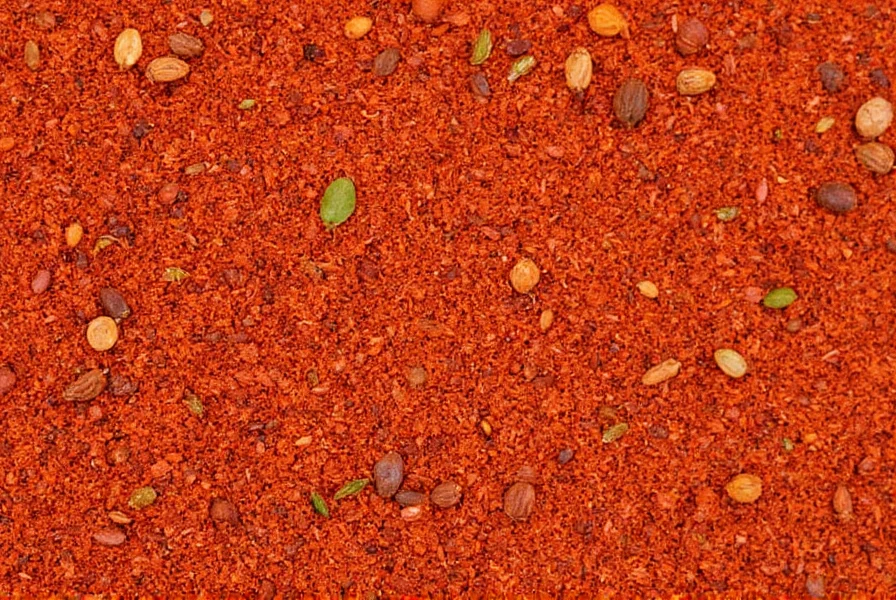
As we've explored, there are many ways to incorporate pepper paprika into your cooking. From its various types to its wide range of uses, it's clear that this spice has a place in every kitchen. So, grab a jar, experiment with recipes, and discover the magic of pepper paprika for yourself.
Remember, the key to great cooking is curiosity and experimentation. With pepper paprika in your arsenal, you're already one step closer to becoming a true spice connoisseur.

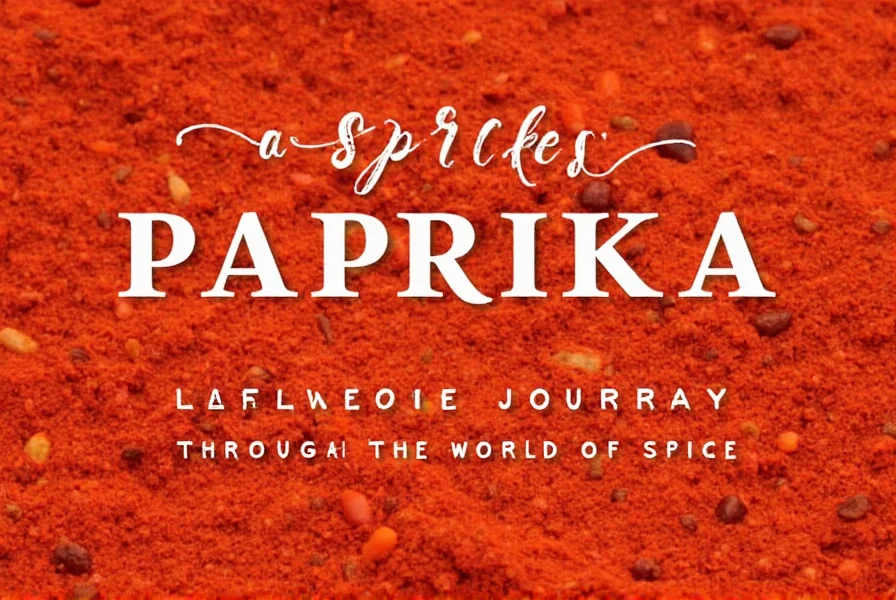









 浙公网安备
33010002000092号
浙公网安备
33010002000092号 浙B2-20120091-4
浙B2-20120091-4